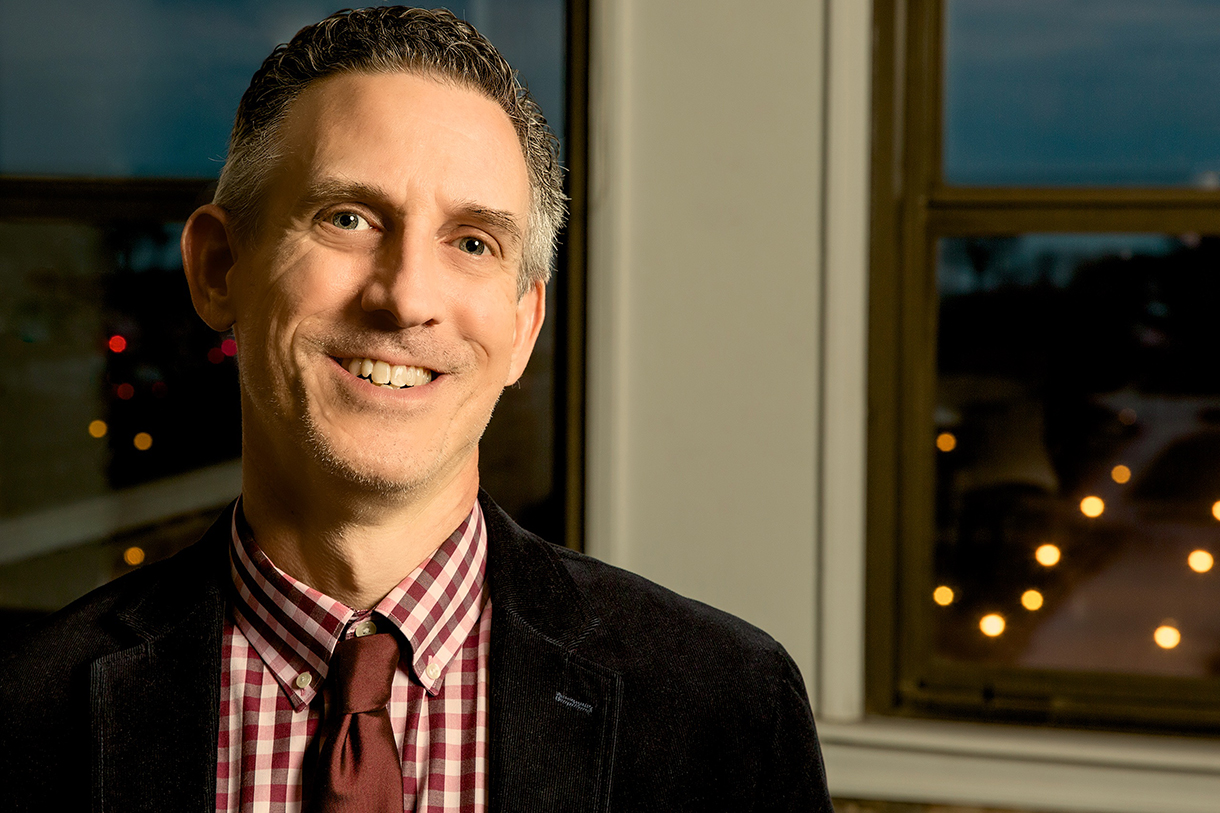Dean Freedman on SMA's Investment in Change and Creating New Opportunities
 Dean of School of Media Arts Eric Freedman. Photo: Phil Dembinski '08
Dean of School of Media Arts Eric Freedman. Photo: Phil Dembinski '08Inspired by my conversations with students about their goals within the School of Media Arts (SMA), and with alumni about their experiences after graduation, I began a process of discovery last summer and opened discussions with department chairs about possible opportunities for cross-disciplinary collaboration.
Those conversations expanded into faculty-led working groups, which convened from August to November 2016 that considered how to shift department structures within our school to benefit faculty and students, fuel experimentation, engage with emerging media and develop interdisciplinary practices that match the evolving nature of our industries—and reflect real connection points between media forms. Those working groups identified a number of possible department synergies and built proposals in early December to share their ideas with me and each other.
This semester, we are considering the merger of several departments and program elements within SMA to better reflect the current media ecosystem for which we are preparing our students: communication and radio; television and cinema; and animation and interactive media.
The working groups conceived these proposed changes with other faculty, staff and student interests in mind, and with a thoughtful understanding of the college-wide strategic plan.
We know that our students want to tell stories; they want to be entrepreneurs and set the next horizons in media production. They are invested in building new multimodal experiences, working with new technologies, creating new pathways for distribution and exhibition, and they want to shape society. We know that students seek partnerships and pathways across fields and want to be able to write and produce across media, to collaborate across programs, to be exposed to various development pipelines, and to gain experience in multiple industry sectors. We want the School to be engaged in more holistic approaches to media production that align with the shifting industrial landscape and the increasing importance of understanding, reflecting and acting with new patterns of media and information flow.
The proposals developed create greater opportunity and a greater sense of community for our students through new departmental structures designed to empower and provide the tools and knowledge to build the new media economy, to explore new forms of expression, and to realize individual voice regardless of the storytelling medium. The proposals express our collective desire for our students to be technologically and systems literate, adept at applying design thinking to solve complex problems, and to be actively engaged with larger civic processes.
As we start the Spring 2017 semester, we are inviting faculty, staff and students into one more stage of our discovery process, to build our road map. We will be announcing a series of forums in the coming weeks to share our ideas, and we want your input.
It is my goal that Columbia will continue to be a thought leader in the media arts, and continue to produce engaged, forward-thinking media artists. Our collective goal is for our students to thrive—for our graduates to be a forceful presence in media education, media practice, and media communities around the world. As a media artist and scholar, I am excited to lead a school so invested in change, and to be among faculty, staff and students who continue to keep pace with the changing nature of our fields and are deeply invested in moving the school forward.